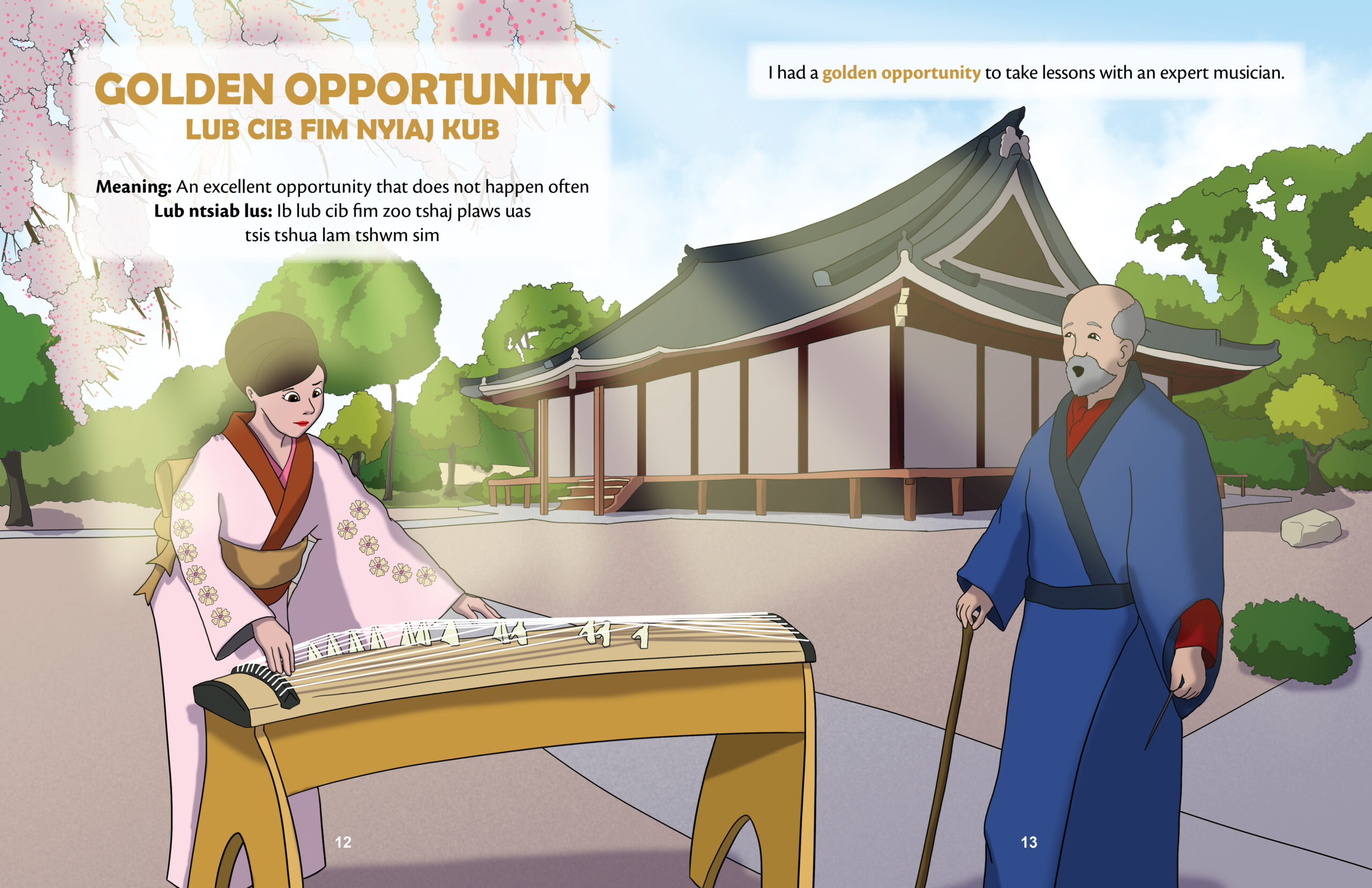
Today’s spotlight language is Hmong! We’ve gathered some background information and interesting facts about the language. We also have information on our newest bilingual Hmong children’s books.
Where is Hmong spoken?
The Hmong language, from the Hmong-Mien or Miao-Yao family of languages, is spoken by a portion of the ethnic Miao living in southern China, northern Vietnam, Laos, and Thailand. Though all Hmong speakers are considered part of the Miao ethnic group, not all Miao speak Hmong. The Hmong people of southeast Asia live in remote mountain communities. About 3 million people speak Hmong around the world.
How many people in the US speak Hmong?
According to the newest Census Data, there are about 327,000 people living in the United States who speak Hmong. Over 66,000 people speak Hmong in Minnesota. Interestingly, Minneapolis-St. Paul has the largest concentration of Hmong speakers in the United States. However, Wisconsin and California both have significant Hmong speaking populations as well.
Interesting Facts About Hmong
While no script is considered the standard when writing Hmong, the Ntawv Thoob Teb or Romanized Popular Alphabet is widely used in the U.S. and on the internet. Altogether, there are over a dozen reported scripts used around the world and throughout history.
Hmong is a tonal language like Mandarin, but while Mandarin has four tones, Hmong has eight. The different tone could change the word for “red” into “rice paddy” or “disgusting.”
The two most common dialects in the U.S. are the White Hmong (Hmoob Dawb) and the Green Hmong (Hmoob Ntsuab or Moob Leeg).
Expressive-like words are considered their own distinct lexical category in Hmong. In English, there are few expressive phrases, like “itsy-bitsy” or “flim-flam.” Whereas, in Hmong, they commonly use true expressives or ideophones. For example, “njû njǎ” can signify whining or an insincere smile or the bittersweet feeling of missing someone. Hmong expressives can refer to a limitless number of experiences.

Hmong Books – Bilingual Children’s Books
If you interact with children who speak Hmong, or are learning the language, you may want suggestions on some of the best bilingual children’s books. The Living in Harmony series is a useful resource to discuss universal themes of kindness and respect while learning about a new culture.
Are you interested in learning about other languages as well? Check out our series of posts on world languages, including Oromo, Nepali, Hindi, Russian, and Japanese!
